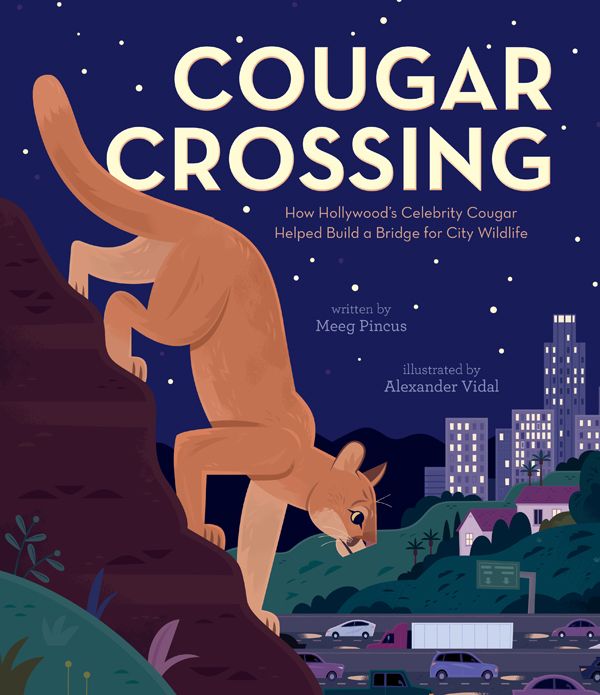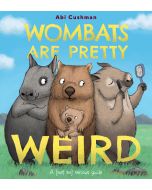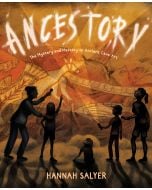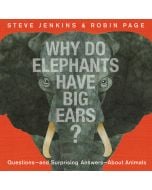
Cougar Crossing: How Hollywood's Celebrity Cougar Helped Build a Bridge for City Wildlife
By Meeg Pincus
Illustrators
Illustrated by Alexander Vidal
Edition
By Meeg Pincus
Hardcover edition
Publisher Simon & Schuster Imprint Beach Lane ISBN9781534461857
Cougar Crossing: How Hollywood's Celebrity Cougar Helped Build a Bridge for City Wildlife
 17.55
17.55
Out of stock
SKU
9781534461857J
Discover the amazing true story of P-22, the wild cougar living in Los Angeles, in this inspiring picture book.
P-22, the famed “Hollywood Cougar,” was born in a national park near Los Angeles, California. When it was time for him to leave home and stake a claim to his own territory, he embarked on a perilous journey—somehow crossing sixteen lanes of the world’s worst traffic—to make his home in LA’s Griffith Park, overlooking the famed Hollywood sign. But Griffith Park is a tiny territory for a mountain lion, and P-22’s life has been filled with struggles.
Residents of Los Angeles have embraced this brave cougar as their own and, along with the scientists monitoring P-22, raised money to build a wildlife bridge across Highway 101 to help cougars and other wildlife safely expand their territories and build new homes—ensuring their survival for years to come.
P-22, the famed “Hollywood Cougar,” was born in a national park near Los Angeles, California. When it was time for him to leave home and stake a claim to his own territory, he embarked on a perilous journey—somehow crossing sixteen lanes of the world’s worst traffic—to make his home in LA’s Griffith Park, overlooking the famed Hollywood sign. But Griffith Park is a tiny territory for a mountain lion, and P-22’s life has been filled with struggles.
Residents of Los Angeles have embraced this brave cougar as their own and, along with the scientists monitoring P-22, raised money to build a wildlife bridge across Highway 101 to help cougars and other wildlife safely expand their territories and build new homes—ensuring their survival for years to come.
|
Standard MARC Records Cover Art |
Nonfiction Early Elementary Plus (Grades PreK-2)
Nonfiction Early Elementary Plus
Nonfiction Early Elementary Plus (Grades PreK-2)
For Grades PreK-2
This collection introduces young readers to fascinating topics in history, science, and more. Through engaging storytelling and vibrant illustrations, these selections make learning fun and accessible for beginning readers.
14 books per Year
$282.52 per Year
Interests
Animals, Beginning Readers, Nonfiction, Picture Books, Science/STEAM, Storytime/Read Alouds






